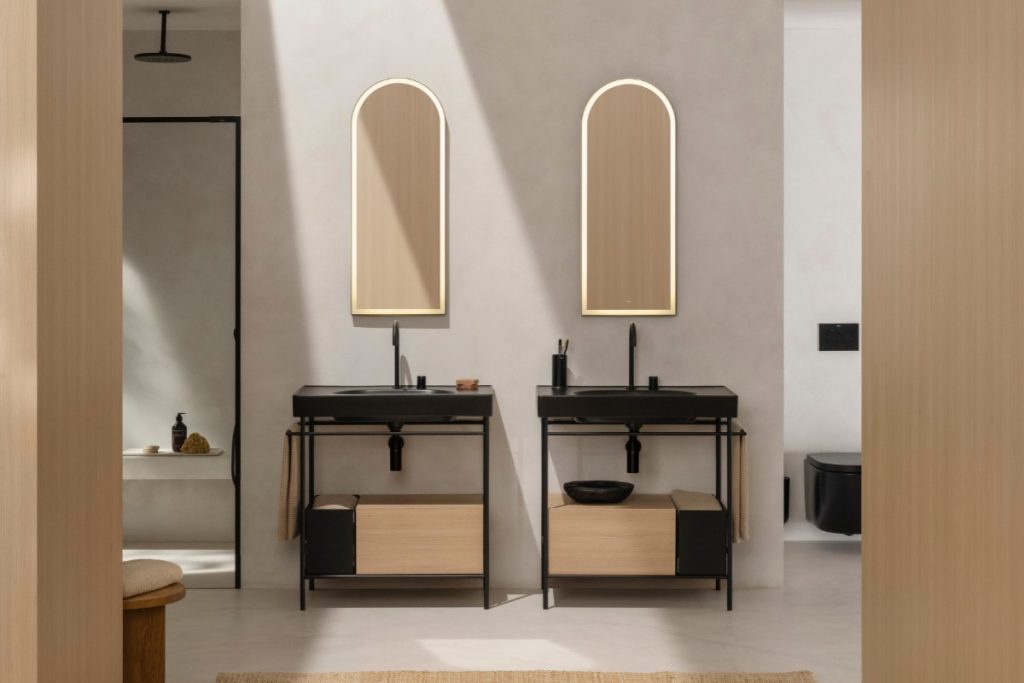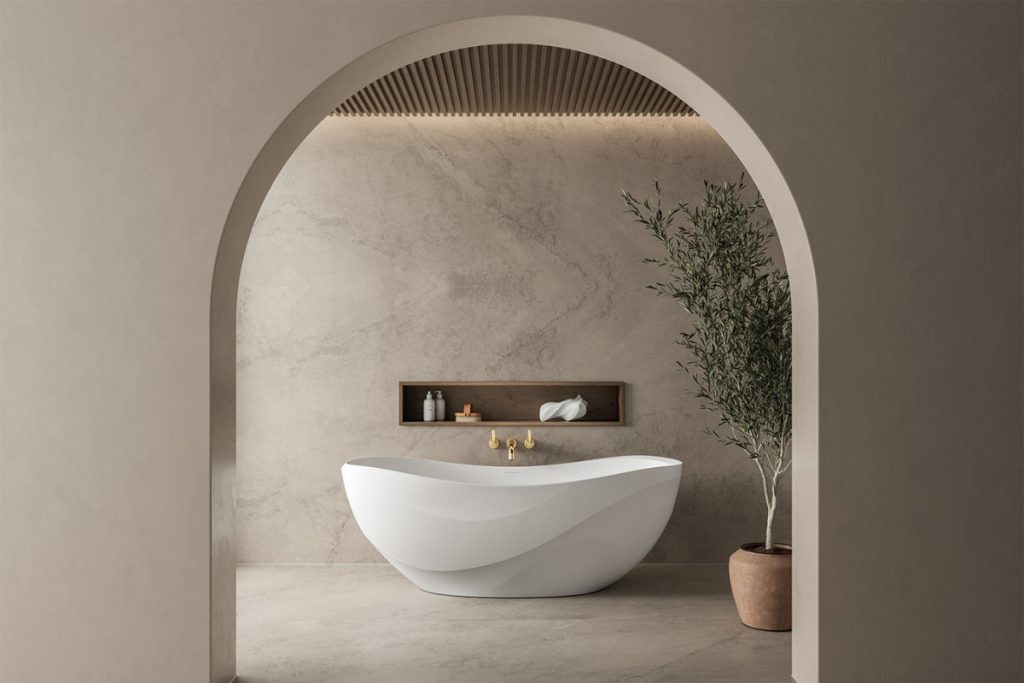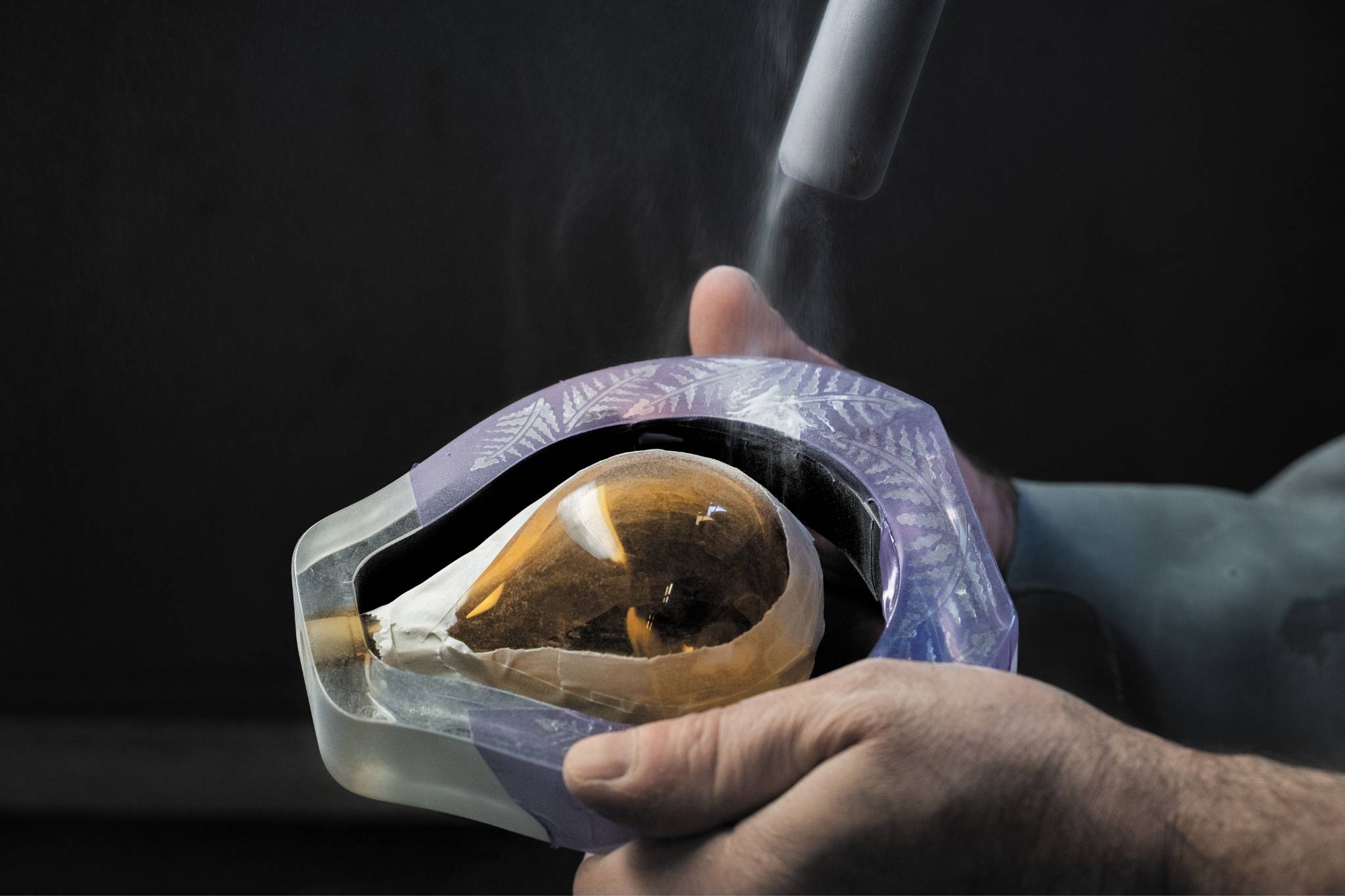 8th April 2022 | IN PRODUCT NEWS | BY SBID
8th April 2022 | IN PRODUCT NEWS | BY SBIDSince 1922, Lalique’s creations have been produced in Wingen-sur-Moder, in the heart of the Northern Vosges, in a lush green setting beside a village of some 1600 souls. It is here that the glittering material crystallizes in a continuous ballet of fire that has been orchestrated by generations of expert hands.
René Lalique’s glassworks in Wingen became known as the “Verrerie d’Alsace” (V.D.A). His dream was to bring beauty into the home. He therefore chose to manufacture “utility glassware”: dinner services, plates, bowls, etc. in series, but always to a high standard of quality, an attribute that was already part of the company’s signature style.
After a difficult period during the Second World War and the Liberation, when the glassworks was destroyed, the company took a new direction on the initiative of René’s son, Marc, with a focus on crystal and an approach inspired by a combination of innovation and tradition.
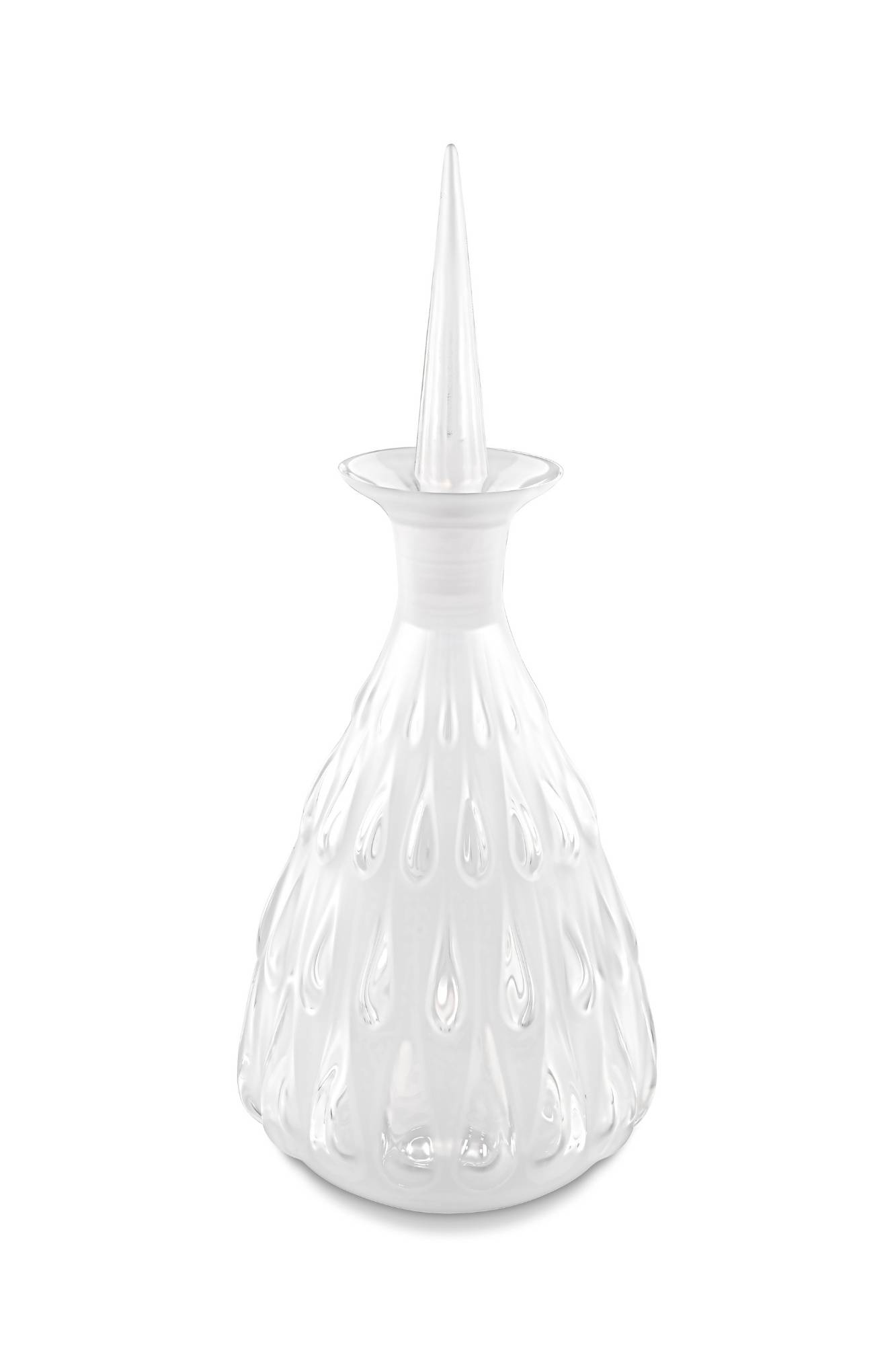
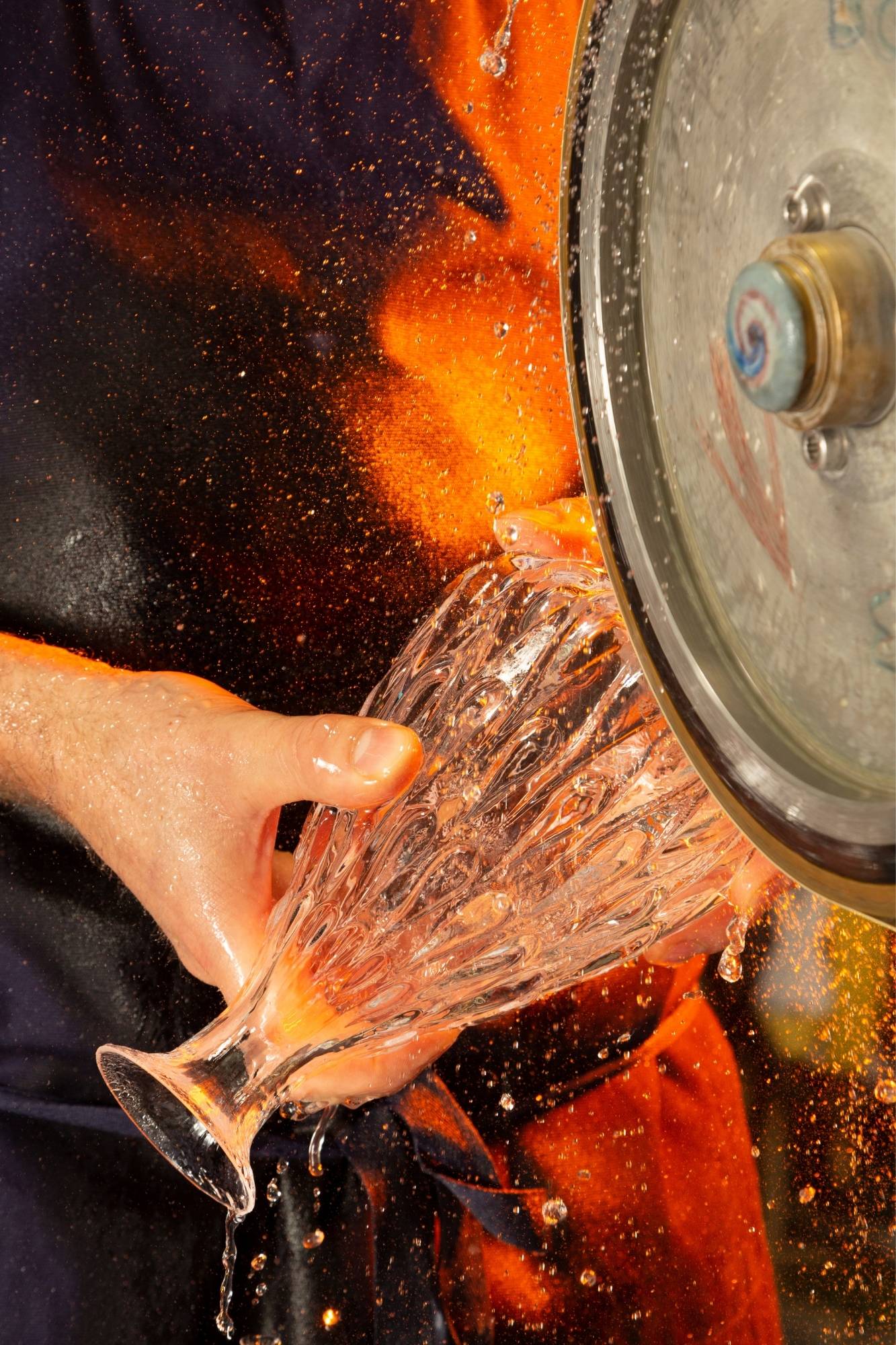
Although the factory has been constantly modernized over the years, the artisans’ techniques have remained unchanged: material is worked by hand, it is moulded, the molten crystal is “gathered” like honey, and pressed or blown. Once cooled, it is cut, sanded and polished. This is the Lalique artisans’ trademark: the famous satin-polished finish of the crystal, which generates an effect that combines light and shadow.
In 2022, Lalique crystal is sparkling in all areas, from decorative objects to interior design, perfumery, art, jewellry and the hotel and restaurant industry.
To celebrate its centenary in style, in March the Wingen-sur-Moder factory has produced an exceptional bottle containing a new Lalique fragrance, and a beautiful spirit decanter.
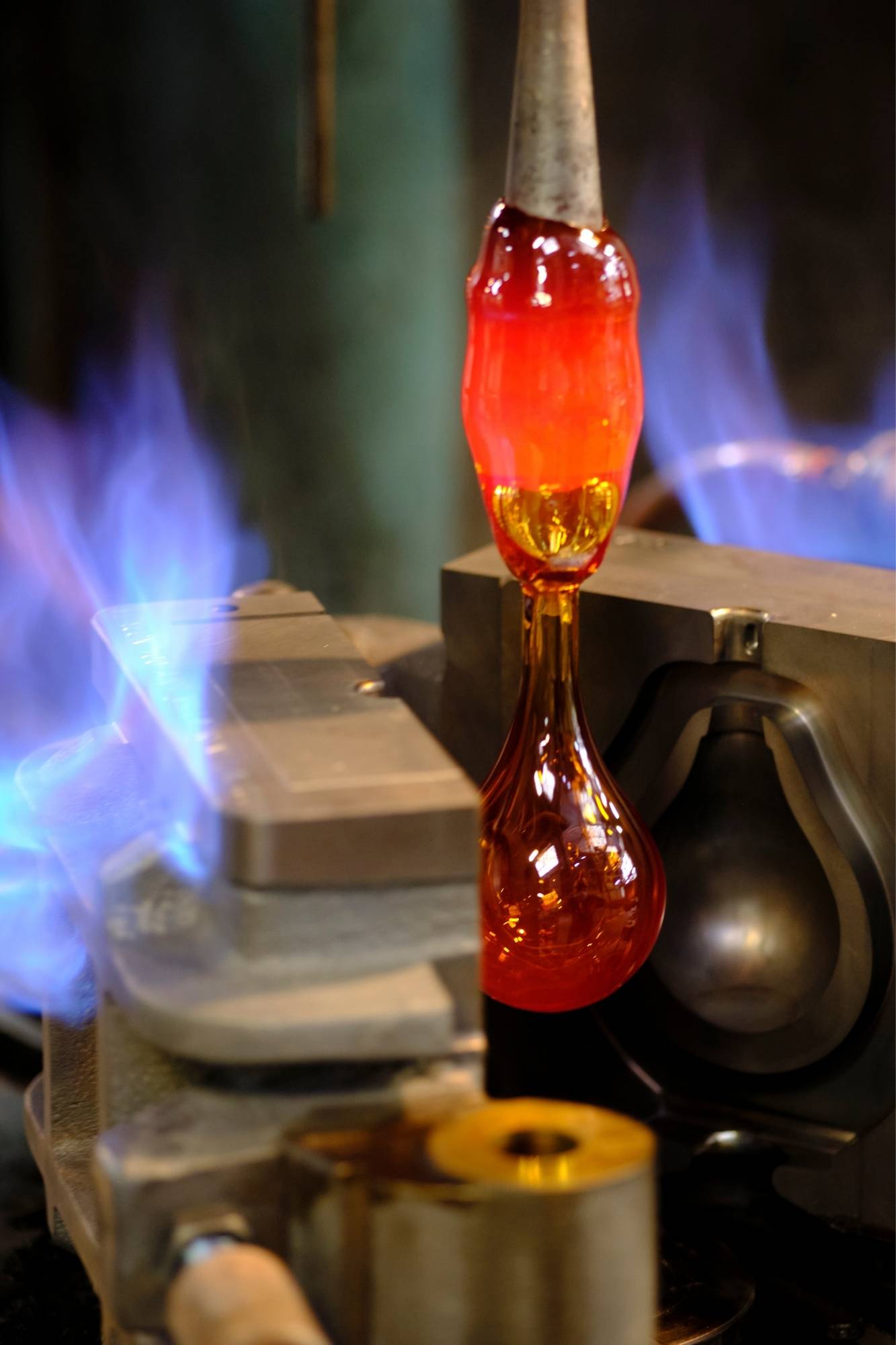
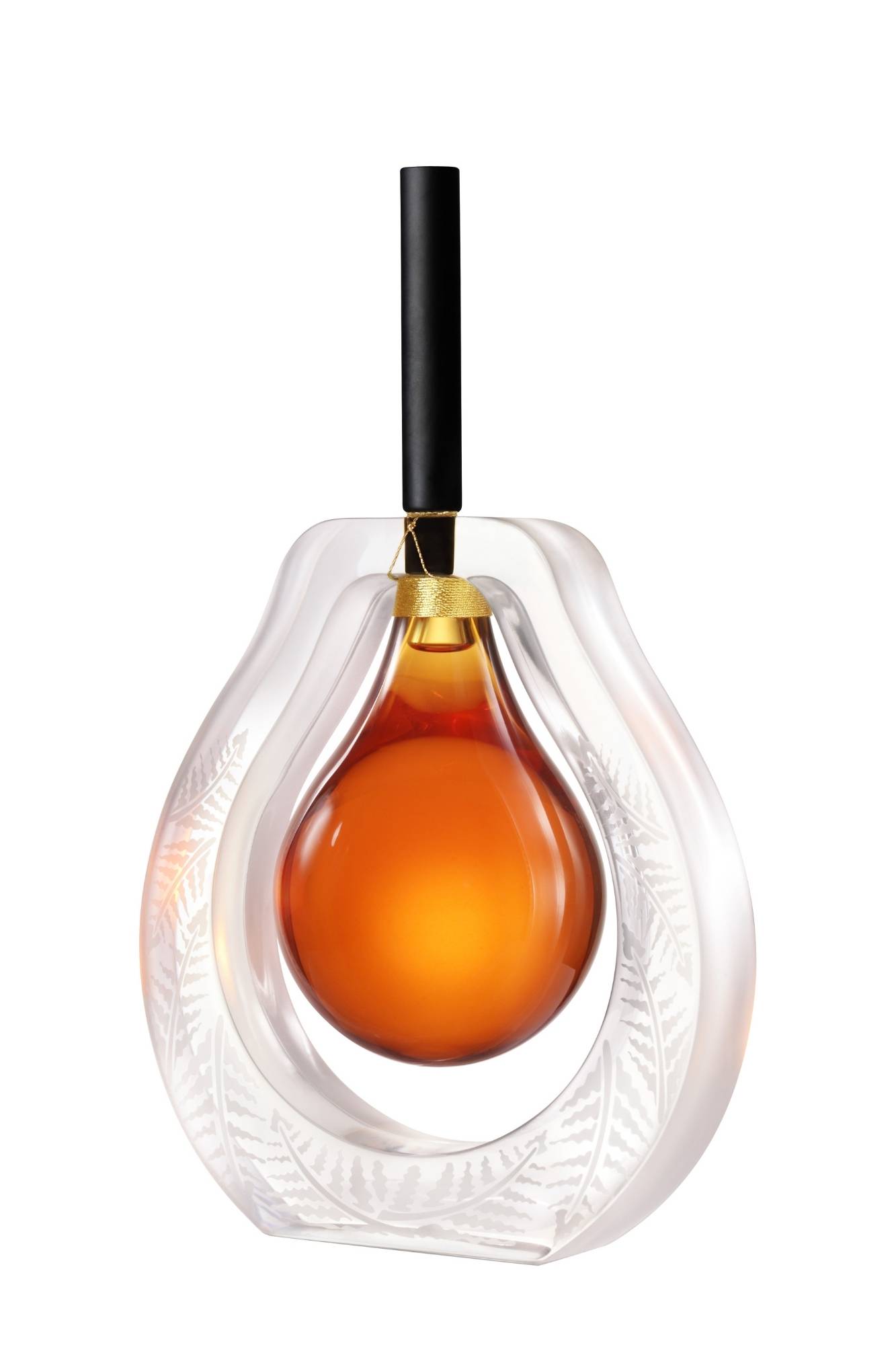
The Fusion Falcon – a tribute to the master glassmaker’s art
The bottles will be exceptional because of the number produced, with only ten signed and numbered pieces throughout the world. The Fusion flacon is also exceptional on account of its extreme virtuosity. In a centenary year which honours their craft, Lalique’s master glassmakers have pushed their expertise to its absolute limits. “Parison” is the name given by master glassmakers to the glob of glowing material they pick up with a blowpipe from a fountain of molten crystal. The Lalique Design Studio, under the direction of Marc Larminaux, worked in close collaboration with the master glassmakers to create this tribute to their expertise.
The parison bottle is elongated by a slender black satin-polished crystal stopper, evoking the blowpipe used in workshops. A clear crystal frieze recalls a mailloche, the curved piece of wood used to give the crystal a round shape.
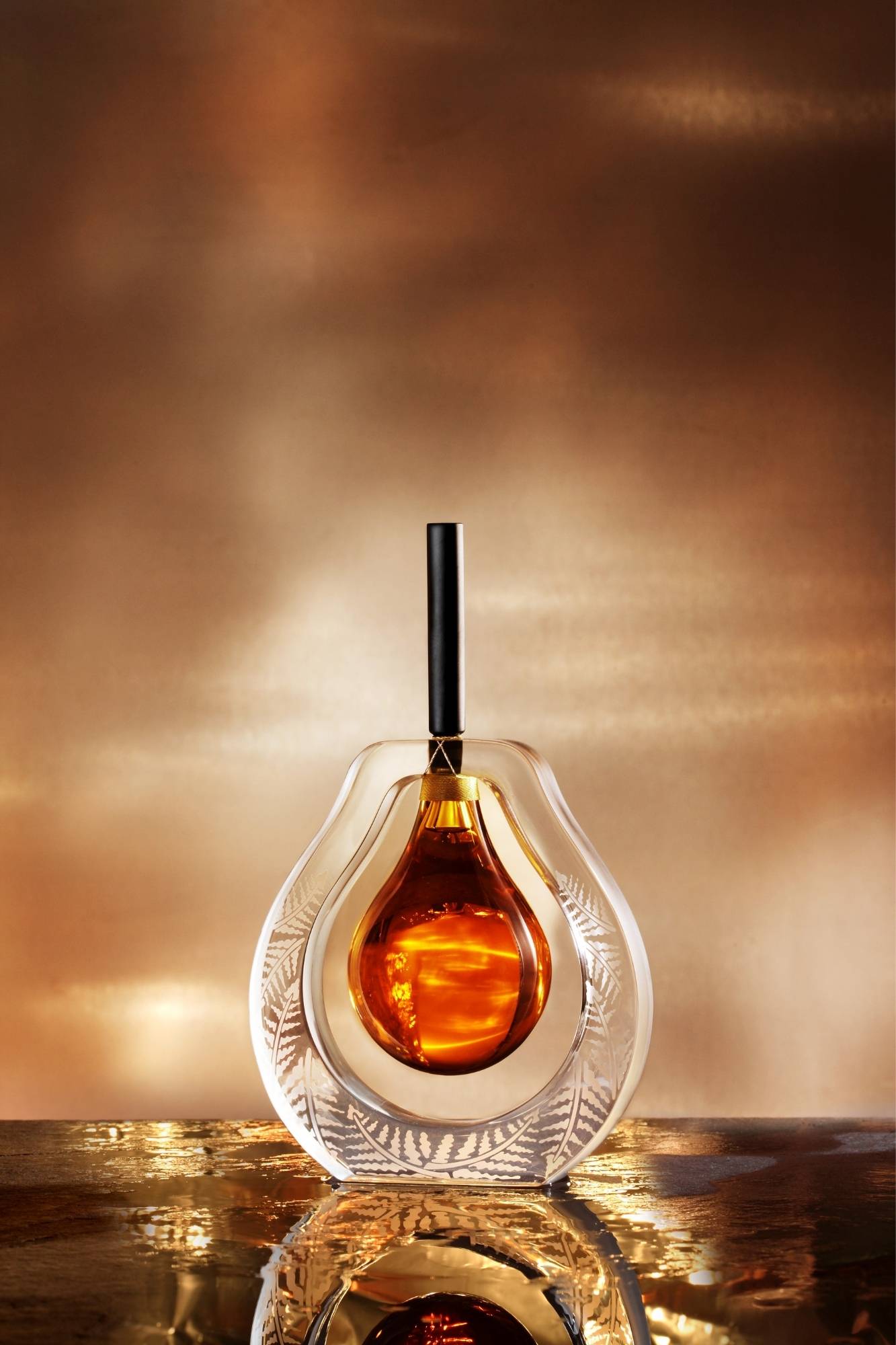
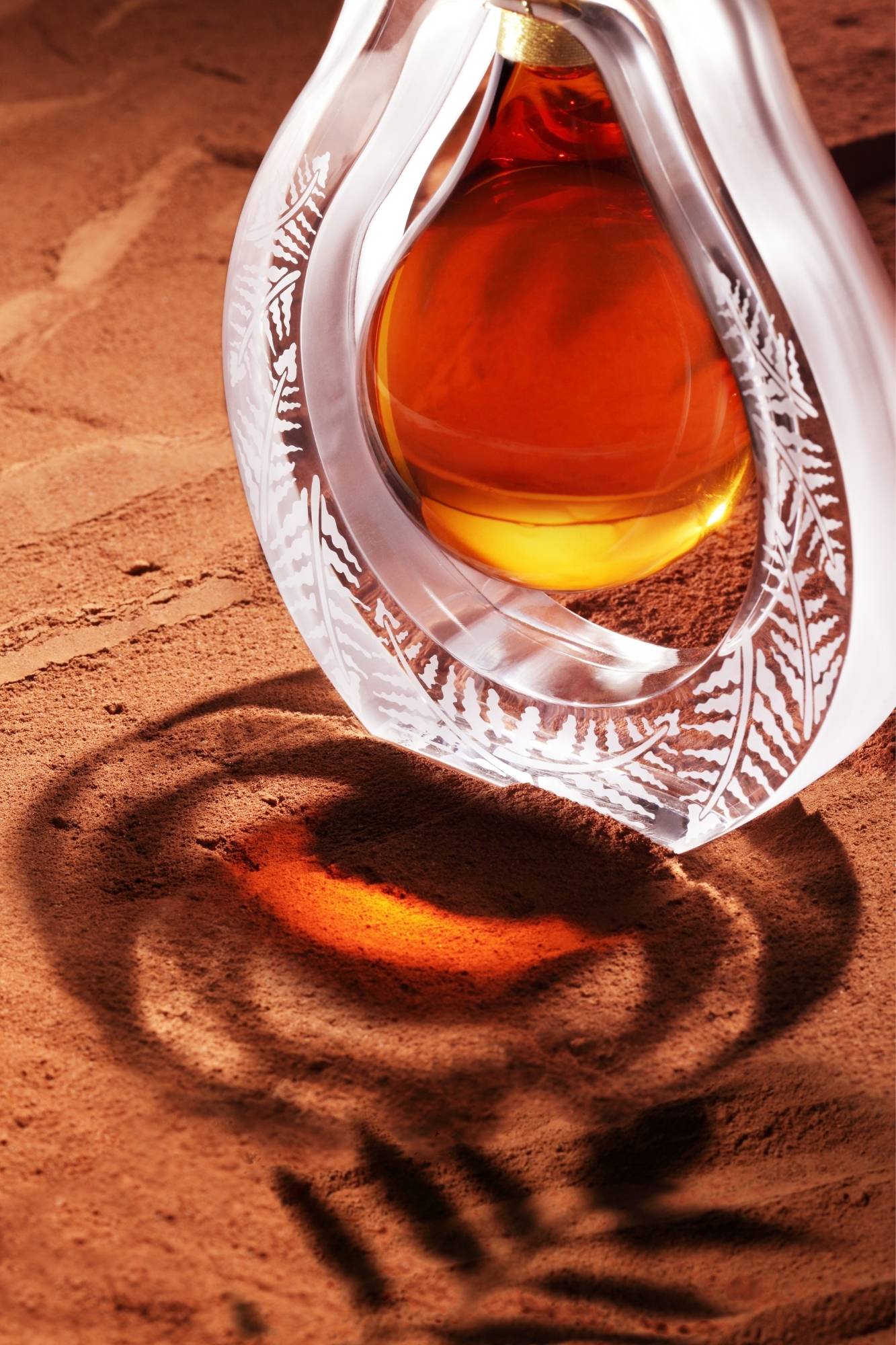
This decorative element contains a delicate fern motif, a plant favoured by René Lalique in his designs, and a reference to the manufacture of crystal: distilled fern ashes are used to obtain potash. Potash is essential to glassmakers as it is used not only to lower the melting temperature of the crystal, but also to give it density, sonority and brilliance. In a graphic and poetic style, the fern has a polished satin finish – a signature of the Lalique crystal workshop – on a clear crystal background. The production process for this extraordinary bottle began in the hot-glass workshop, and involved seven people, the largest team ever to work on a single piece. One particularly challenging aspect was the precise coordination necessary between the artisans, as the bottle is made up of two parts: the “parison” in amber crystal and the mailloche in clear crystal.
In the cold-glass workshop, no less than 11 artisans worked to achieve perfection. The cutting and sanding operations were entrusted to one master glassmaker. A second, specialized in polishing, worked on creating the contrast between transparency and the satin finish. Each stopper was then polished and ground by a third pair of hands.
It was a considerable challenge to create ten copies of the Fusion flacon. Not least because the crystal had to be worked in different colours – clear, black and amber – all with different physical and chemical properties, making the piece extremely fragile to handle at each stage of production.
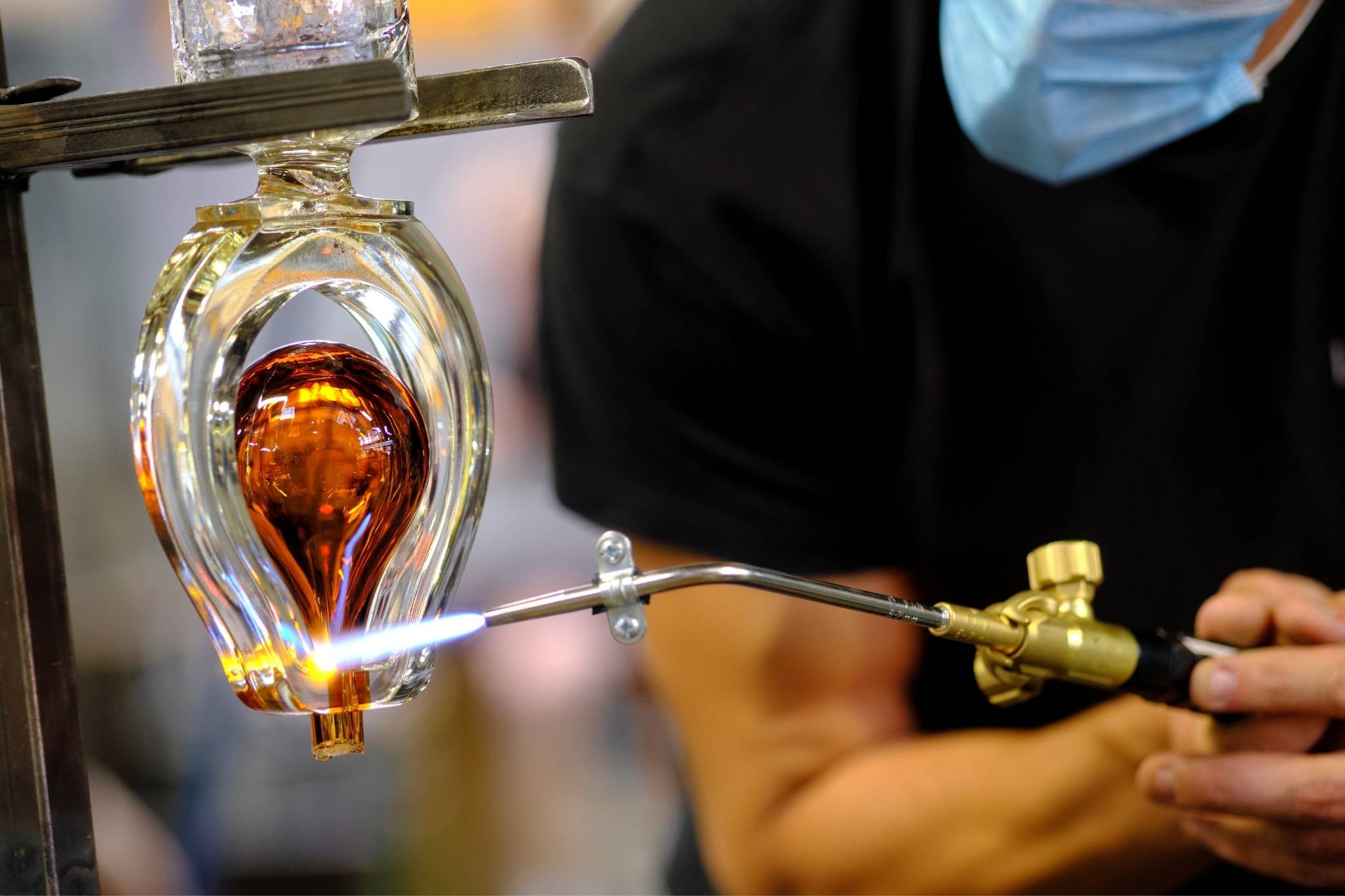
The Water Drop Decanter – from 1922 recreated in crystal
As a tribute to the history of Lalique and to mark the centenary of its Alsace factory, an original design was chosen from the company archives for a white glass decanter produced in 1922, the year in which the first furnace in René Lalique’s glassworks was lit. In 2022, one hundred years after its first edition, the Water drop decanter has been recreated in satin-polished crystal, the signature Lalique style that reflects the artisans’ unique expertise.
Designed to highlight the colour and aromas of the finest spirits, the Water drop decanter is an exceptional object that will enrich the company’s collections. The first challenge for the five Lalique artisans working together on the piece in the factory’s hot-glass workshop was to “gather” the right quantity of crystal: the decanter has a very thin neck and the drops that cascade down the sides have to be uniform. Precision and meticulous care are required during the preforming of the material, which is then blown into a steel mould.
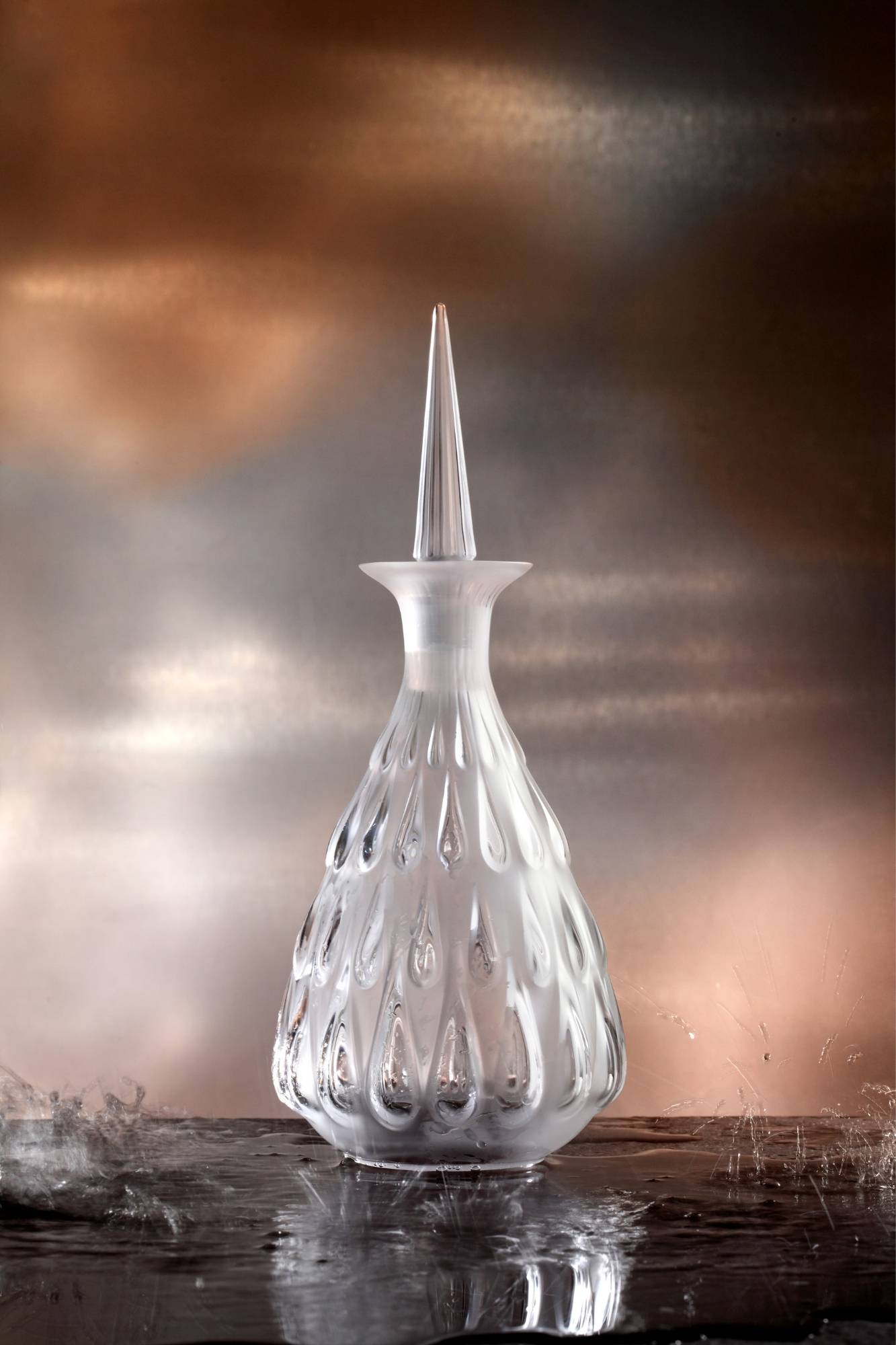
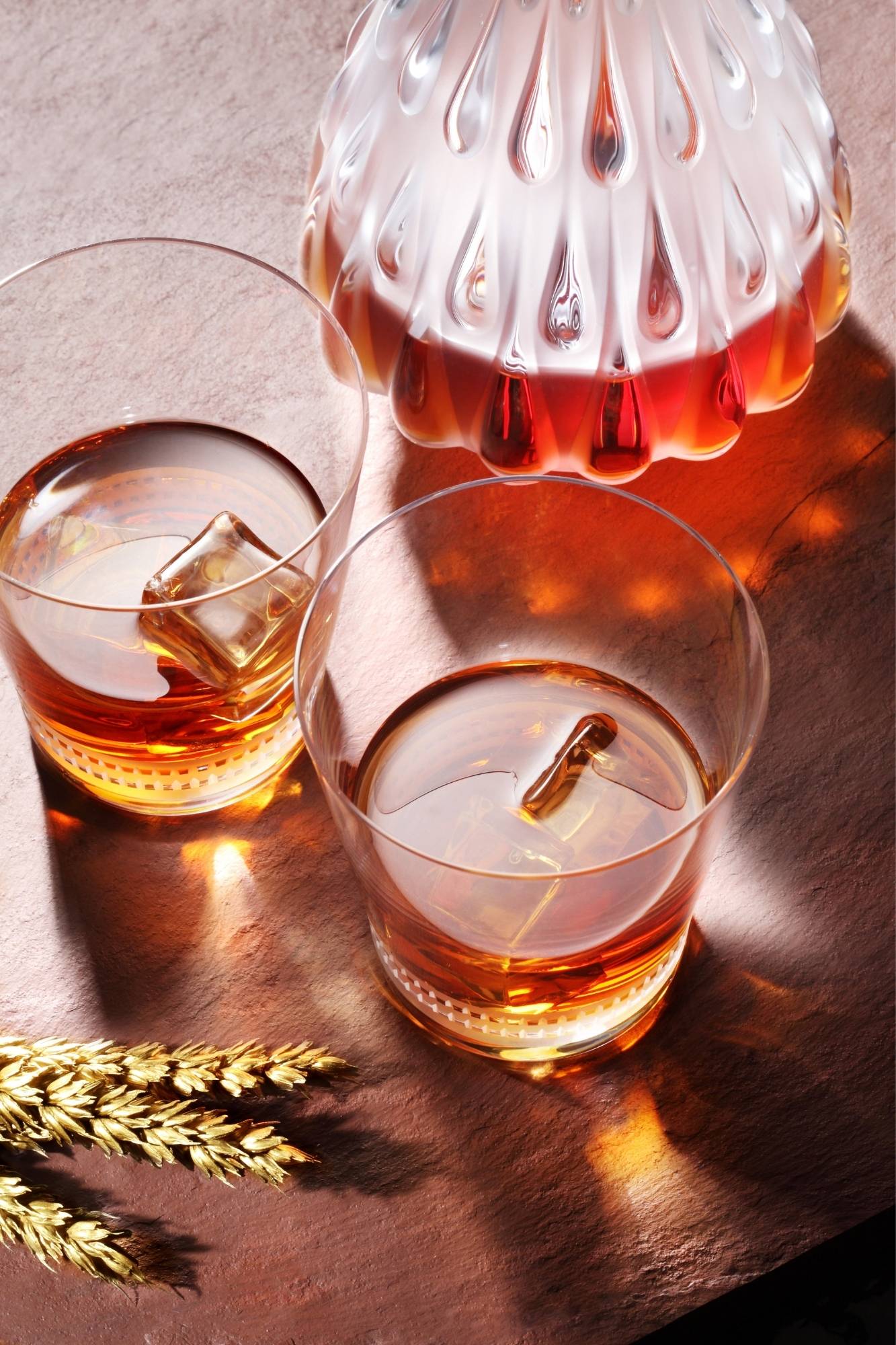
When the piece had cooled, the artisans in Lalique’s cold-glass workshops began by cutting the decanter’s neck – another delicate technical step, as the diameter of the opening must accommodate the perpendicular stopper perfectly. The latter is formed in a steel mould into which the glassmakers press the crystal. The lightly fluted sides rise to a peak eight centimetres high. After a quick series of cuts to remove any last creases or imperfections created during the firing of the crystal, the virtuosity of Lalique’s artisans can be exercised. The Water drop decanter is entirely satin-finished, with subtle gradations in the droplets, which are polished in stages.
The realism is striking: the depth of the crystal plays with the light, and the droplets come to life. In a final display of dexterity, after three hours of cold work on this anniversary decanter, the Lalique signature and the edition number are engraved by hand on the underside.
Thanks to the play of light, the drops of water that trickle down the carafe seem both ephemeral and eternal, in an elegant design full of delicate contrasts. This collector’s model was given new life with a demonstration of the Wingen-sur-Moder artisans’ precious expertise.
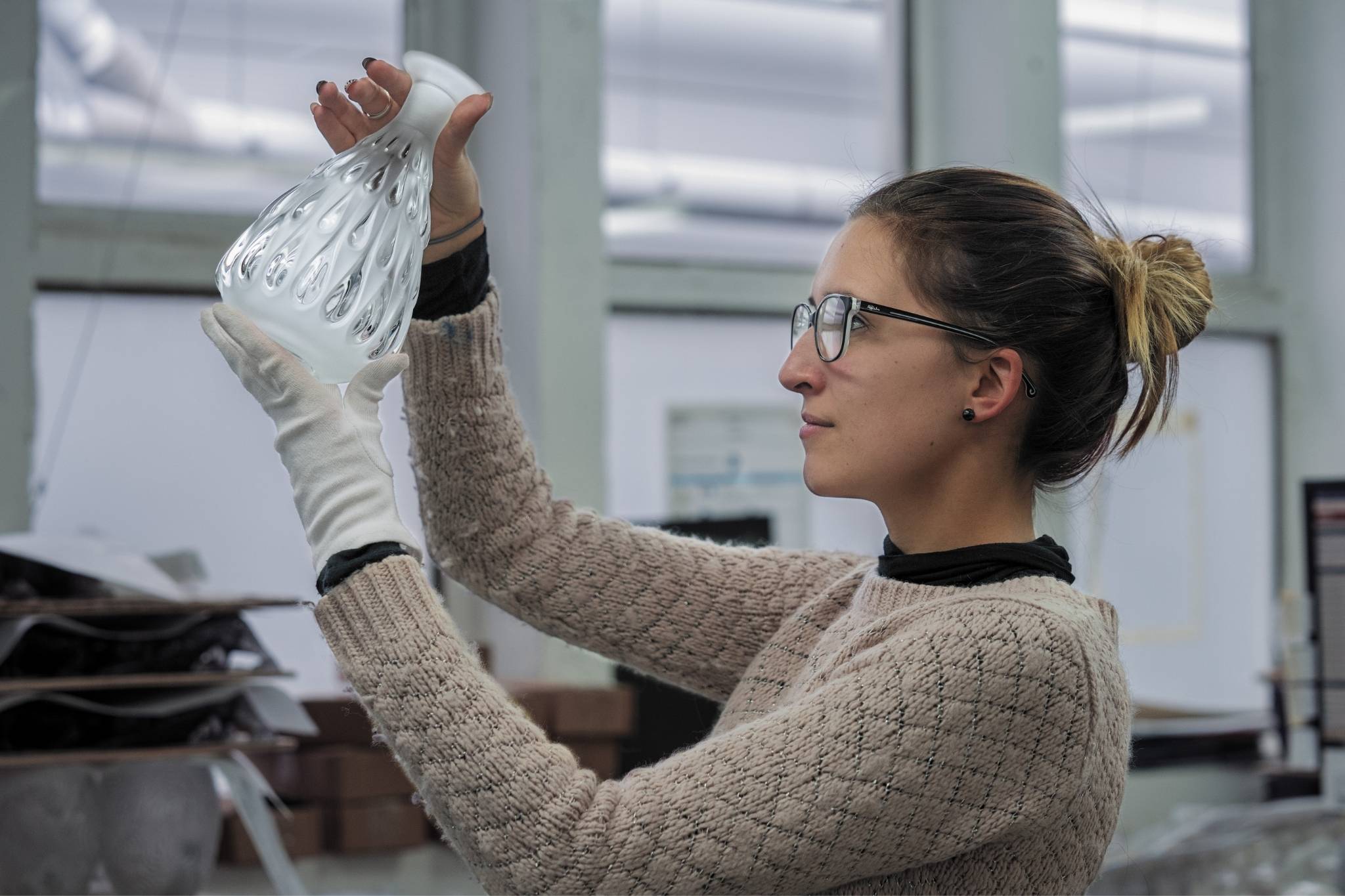
About Lalique
Lalique is a French glassmaker, founded by renowned glassmaker and jeweller René Lalique in 1888. Lalique is best known for producing glass art, including perfume bottles, vases, and hood ornaments during the early twentieth century.
If you’d like to feature your product news here, get in touch to find out more.
If you’d like to become SBID Accredited, click here for more information.
